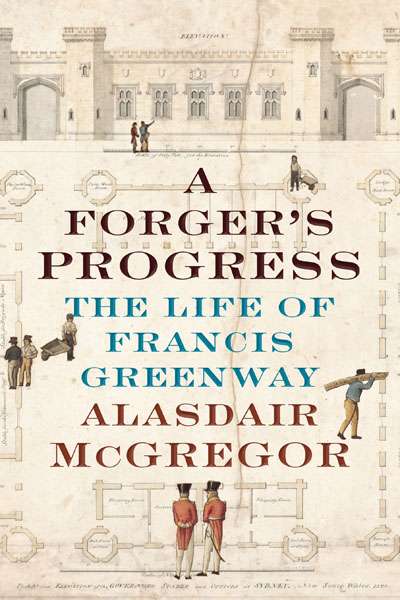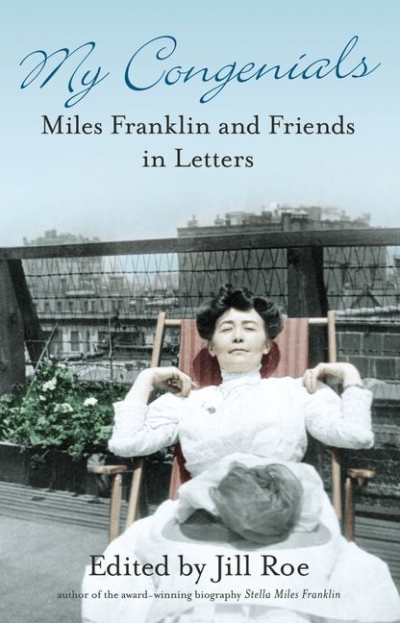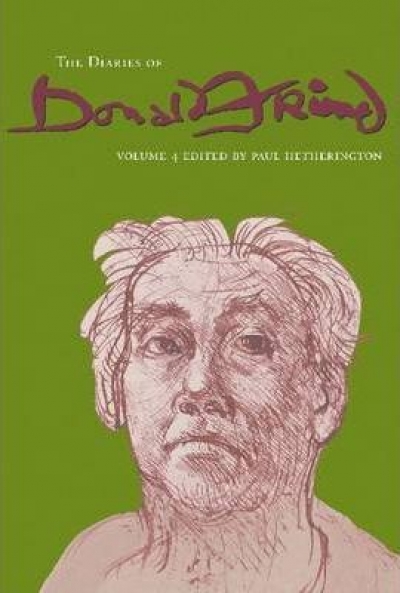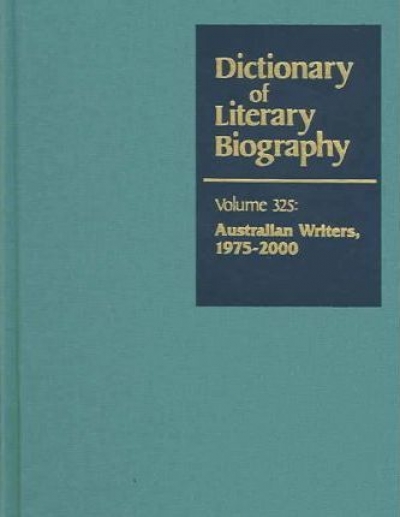Paul Brunton
A Forger’s Progress: The life of Francis Greenway by Alasdair McGregor
by Paul Brunton •
While the Billy Boils by Henry Lawson & Biography of a Book by Paul Eggert
by Paul Brunton •
Book Life: The Life and Times of David Scott Mitchell by Eileen Chanin
by Paul Brunton •
My Congenials: Miles Franklin and friends in letters edited by Jill Roe
by Paul Brunton •
The Diaries of Donald Friend, Vol. 4 edited by Paul Hetherington
by Paul Brunton •
Dictionary of Literary Biography, Volume 325: Australian writers, 1975–2000 edited by Selina Samuels
by Paul Brunton •






